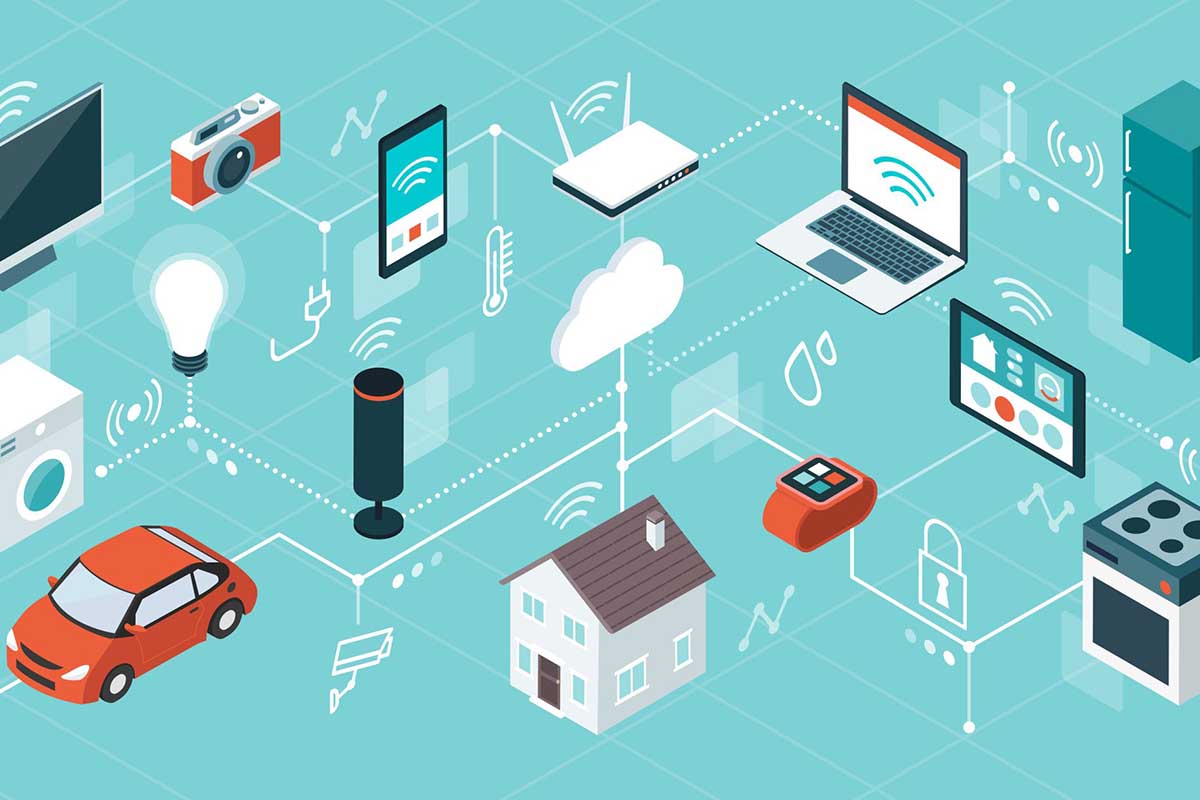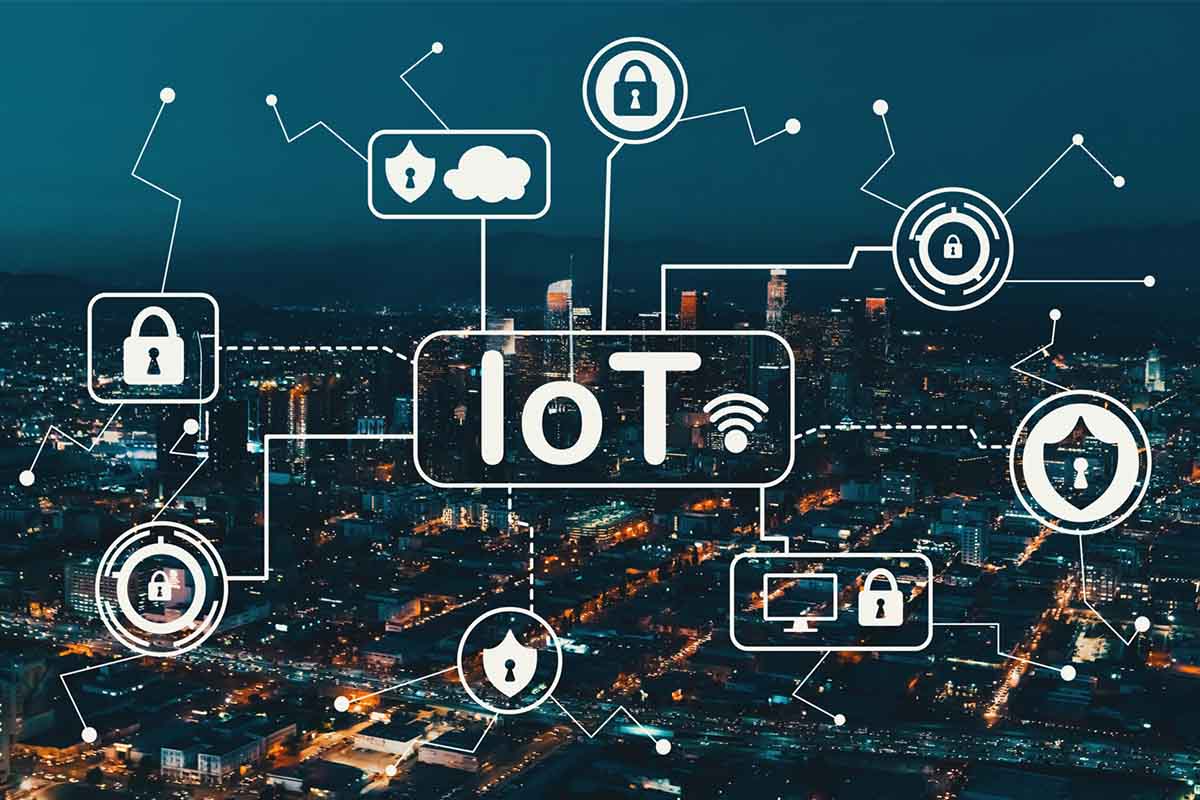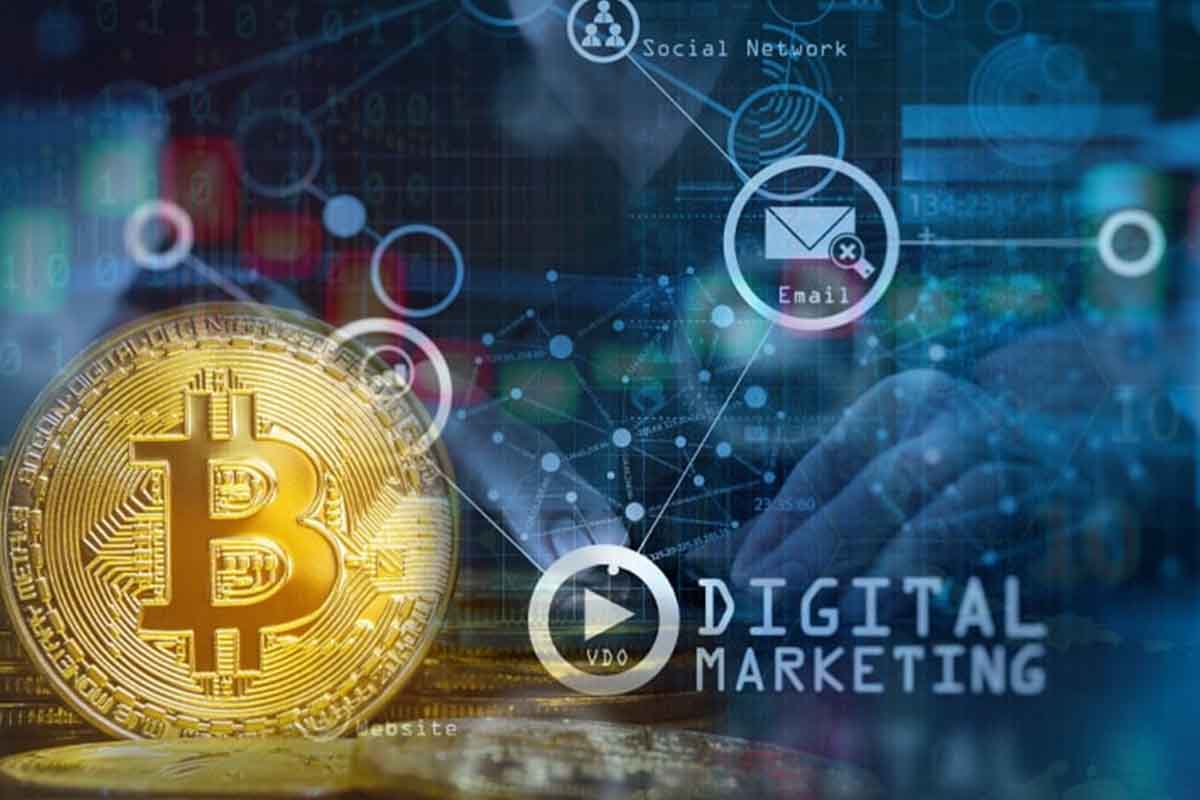The realm of Artificial Intelligence (AI) is an intricate tapestry woven with threads of human ambition, ingenuity, and a dream of replicating human intelligence in machines. While the very concept of AI might seem like a modern phenomenon, its origin traces back hundreds, if not thousands of years, as humans have always fantasized about breathing life into their creations.
Origins of the AI Concept
The ancients imagined automatons and mechanical beings. Greek myths mentioned Talos, a giant bronze robot that Zeus gifted to Europa. Similarly, in ancient China, legends told of mechanical men serving tea. These stories represent an age-old human yearning to craft intelligent artifacts.
Fast forward to the age of reason and enlightenment, and we find the mechanical turk – a fake chess-playing machine that impressed and tricked many into believing that a machine could think. Though a deception, it rekindled the vision that machines might one day truly think for themselves.
The Birth of Modern AI
The 20th century brought forth the technological advancements necessary to kindle the flames of AI’s inception. Alan Turing, a brilliant mathematician, proposed a question in his 1950 paper, “Can machines think?”. He introduced the Turing Test as a measure of a machine’s capability to exhibit intelligent behavior indistinguishable from that of a human.
Soon after, in the 1950s and 60s, the term “Artificial Intelligence” was coined, and the foundational principles of the field were laid down. These early days witnessed the creation of programs that could mimic human problem-solving and learning abilities to some extent. Systems like the Logic Theorist and the General Problem Solver heralded the beginning of machine-based reasoning.
The AI Winters and Resurgence
However, the road to AI was neither short nor straightforward. There were periods referred to as “AI winters” in the late 1970s and again in the late 1980s. During these times, AI research faced skepticism due to unmet expectations, leading to reduced funding and interest.
Despite these setbacks, research persisted. The 1990s saw AI being used to solve specific, practical problems, leading to the development of systems like IBM’s Deep Blue, which famously defeated the world chess champion, Garry Kasparov.
Modern Renaissance: Deep Learning and Beyond
The introduction of machine learning and, more recently, deep learning, transformed AI from a niche academic field to a world-changing force. These techniques allowed computers to process and learn from vast amounts of data, making tasks like image and speech recognition a reality. Innovations in neural networks and computational power set the stage for the likes of Siri, Alexa, and advanced driver-assistance systems (ADAS) used in modern vehicles.
Practical Examples of AI Around Us
Virtual Personal Assistants: Siri, Alexa, Google Assistant, and Cortana have become household names. These AI-driven assistants help users perform tasks using voice commands, from setting alarms to answering queries.
Recommendation Systems: Ever wondered how Netflix suggests shows or how Amazon recommends products? These are sophisticated AI-driven recommendation systems at work, analyzing user behavior to provide personalized suggestions.
Autonomous Vehicles: From Tesla’s Autopilot to Waymo’s self-driving cars, AI algorithms process vast amounts of data from vehicle sensors and make split-second decisions that can help avoid accidents and navigate the road.
Healthcare Diagnostics: AI tools like IBM’s Watson can analyze the meaning and context of structured and unstructured data in clinical notes and reports, aiding doctors in diagnosis and treatment plans.
Financial Market Analysis: Robo-advisors analyze market data to provide financial advice and portfolio management, tailoring suggestions based on the user’s financial status and goals.
Smart Home Devices: Thermostats like Nest learn user preferences over time and adjust heating or cooling to optimize comfort and energy consumption.
Chatbots and Customer Service: Many online services use chatbots for initial customer interactions, guiding users or addressing common queries.
Face and Voice Recognition: Unlocking phones, tagging friends on social media, or voice-commanding smart home devices—all these employ AI’s face and voice recognition capabilities.
Email Filtering: Algorithms learn from users’ email behavior, filtering out spam and categorizing other emails based on content importance.
News Generation: Outlets like The Associated Press use AI to generate news articles, especially for topics like financial earnings reports or sports game recaps.
Impact of AI on the World
Economic Transformation: AI is ushering in a new era of automation. While it optimizes operations and cuts costs, there’s also apprehension about job losses in sectors becoming highly automated.
Medical Breakthroughs: AI-powered analysis has led to breakthroughs in diagnosing diseases, drug discovery, and personalized treatments, revolutionizing healthcare outcomes.
Enhanced Data Analysis: From predicting election results to forecasting weather, AI’s capability to analyze vast datasets has redefined accuracy in multiple sectors.
Challenges to Privacy: AI’s ability to analyze personal data, track online behavior, and predict patterns has raised significant privacy concerns, leading to discussions about the need for stringent data protection regulations.
Environmental Benefits: AI optimizes energy use in industries, predicts environmental disasters, and aids in wildlife conservation. For instance, Google’s DeepMind AI reduced the energy used for cooling its data centers by 40%.
Ethical and Moral Dilemmas: From concerns about bias in AI decision-making to moral questions about autonomous vehicle decisions, the rise of AI has necessitated a reevaluation of ethical frameworks.
Accessibility and Convenience: AI-powered applications, such as real-time translation tools and voice-command systems, have made technology more accessible to the differently-abled, bridging gaps and enhancing inclusivity.
Global Connectivity: AI-driven social media algorithms and search engines connect users worldwide, playing a crucial role in globalization but also raising concerns about echo chambers and misinformation.
Research and Innovation: AI assists researchers in sifting through vast amounts of data, leading to innovations in fields ranging from astrophysics to biology.
Education: Personalized learning platforms adjust to students’ individual learning styles, potentially revolutionizing educational outcomes and inclusivity.
Challenges and the Future
Today, AI has woven itself into the fabric of daily life, revolutionizing industries from healthcare to finance. Yet, as with any potent tool, AI comes with challenges: ethical considerations, job displacement concerns, and the still-unsolved quest of achieving true general AI — machines that can perform any intellectual task that a human can.
The future of AI, while still uncertain in its trajectory, promises even more transformative potential. As researchers delve into quantum computing, neurobiological AI, and unsupervised learning, we stand on the brink of another evolution of AI, with possibilities as limitless as our imagination.
Conclusion
In a world increasingly shaped by bytes and algorithms, Artificial Intelligence stands as both a beacon of potential and a subject of contemplation. Artificial Intelligence, a dream of yesteryears, is today’s reality and tomorrow’s hope. From ancient myths to cutting-edge laboratories, the journey of AI mirrors humanity’s quest for understanding, growth, and the eternal dream of creating intelligence.Its ubiquitous presence in our daily lives, evidenced by the myriad of applications around us, is a testament to its transformative power. However, as with all revolutionary forces, AI’s broader impact on the world necessitates careful consideration, balanced optimism, and proactive governance. As we stand on the cusp of an AI-driven era, it remains our collective responsibility to steer this force in a direction that augments human potential, preserves ethics, and promotes the greater good.




